
A veteran chronicler of armed conflict from the Balkans to Afghanistan to the Middle East and Africa, Goran Tomasevic has covered the instability in Libya over the last five years. But for the past three weeks, the Reuters photographer has been on the ground in Sirt, the ISIS stronghold in Libya where the U.S. launched a series of airstrikes beginning on Aug. 1. The pictures he’s made there provide a raw and intense look at the bid to retake the hometown of late Libyan dictator Muammar Gaddafi from the extremists, who seized it last year and created their largest base outside Syria and Iraq.
Tomasevic first arrived near Misrata in early July and received access from authorities to access the front, effectively embedding with forces allied with the country’s United Nations-backed unity government. An offensive to regain control of the seaside city began in May. The prime minister said Monday that U.S. air support was requested to the aid ground forces battling the militants.
In a recent call with TIME via satellite phone, Tomasevic discussed how he operated in the area and detailed the reality of daily life on the front.
“I expected it to be more active than it is,” he said. “There are long breaks between big pushes of the government.” Tomasevic said he typically wakes up around 6 a.m., hours before most of the men he is with in Sirt and, unless there’s a gun battle, he is driving around with them for much of the afternoon to check the front. A bigger fight can take place from about dawn until 5 p.m. or so, he added.
He has moved between different groups in Sirt, as some are within walking distance. “Some of them, they are wearing their uniforms. Some of them come in flip flops and shorts,” he said. “They are an organized group. They are not a wild bunch, just going and shooting. They have a command, they have orders.”
Due to the sweltering heat, Tomasevic stays in the shade as much as he can and has opted against body armor throughout his time in the field. “I decided not to carry it on this occasion, which gives me the advantage of moving faster and being faster in the field,” he said. “And, calculating the risks, I just believe that the body armor really just slows me down.”
In an email on Monday, Tomasevic said the day was quiet despite the airstrikes announced by the Pentagon. He intends to stay at least another week.
Goran Tomasevic is the Reuters chief photographer for East Africa, based in Nairobi.
Andrew Katz, TIME’s international multimedia editor, and Alice Gabriner, TIME’s international photo editor, edited this photo essay.
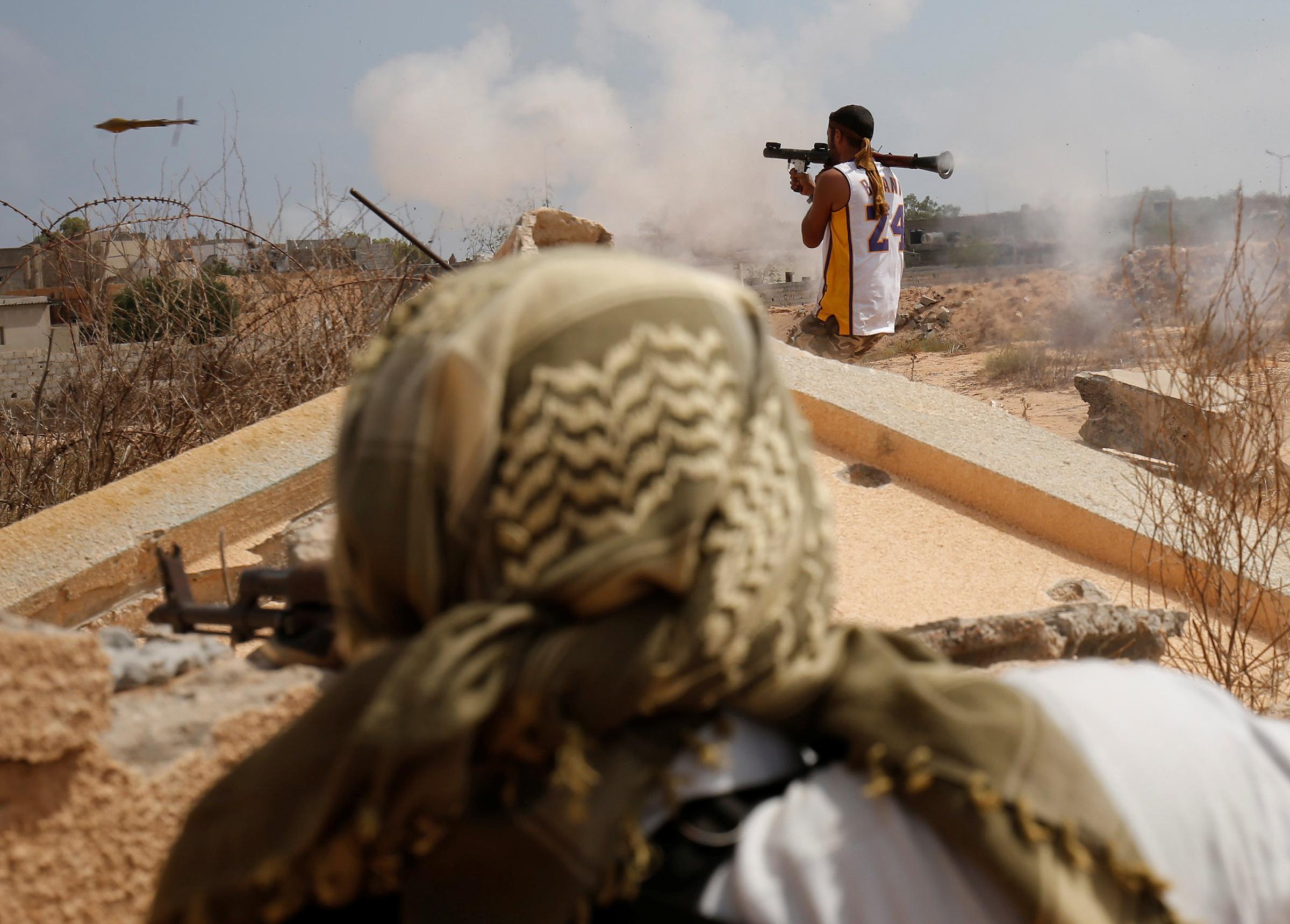
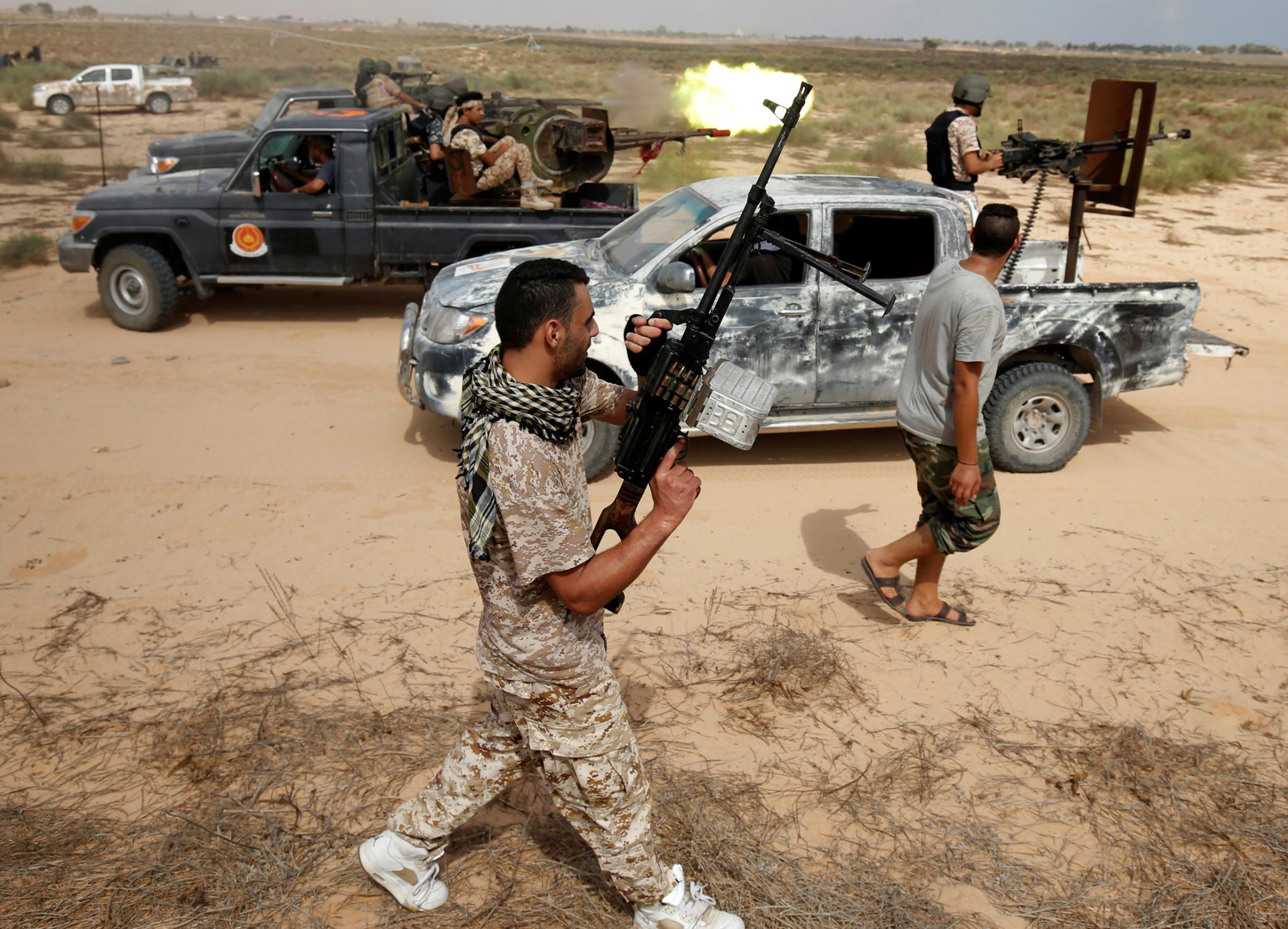
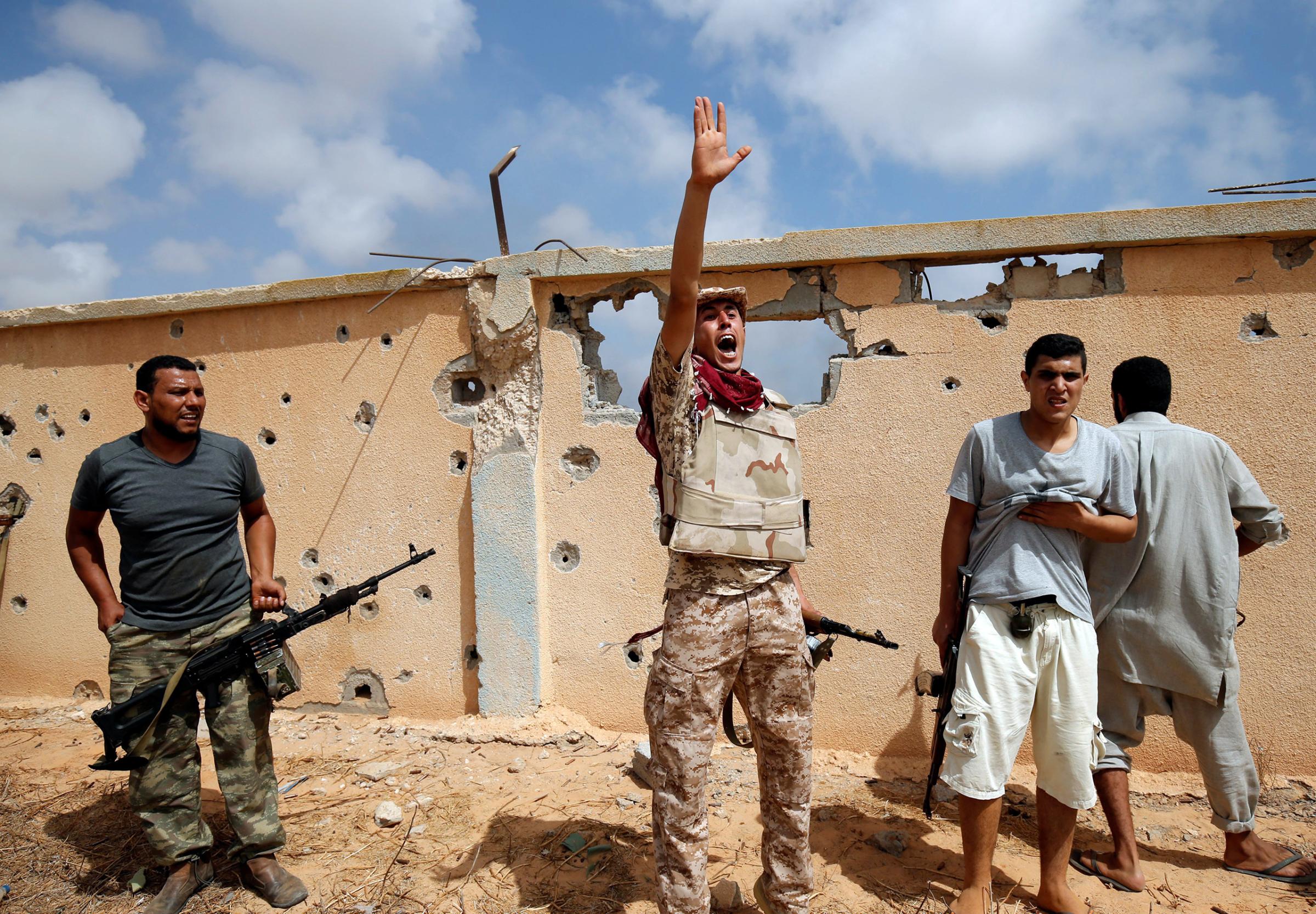
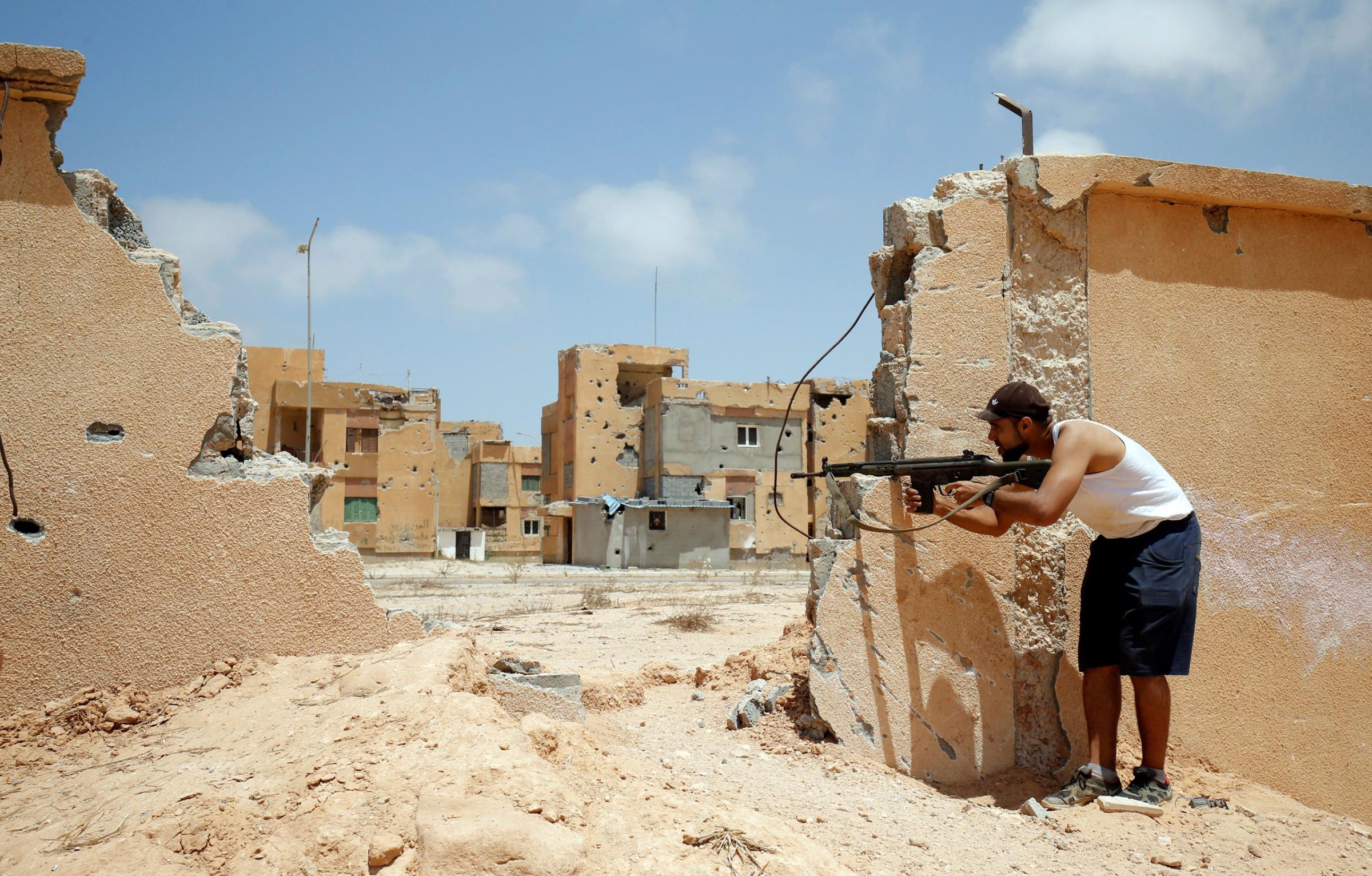



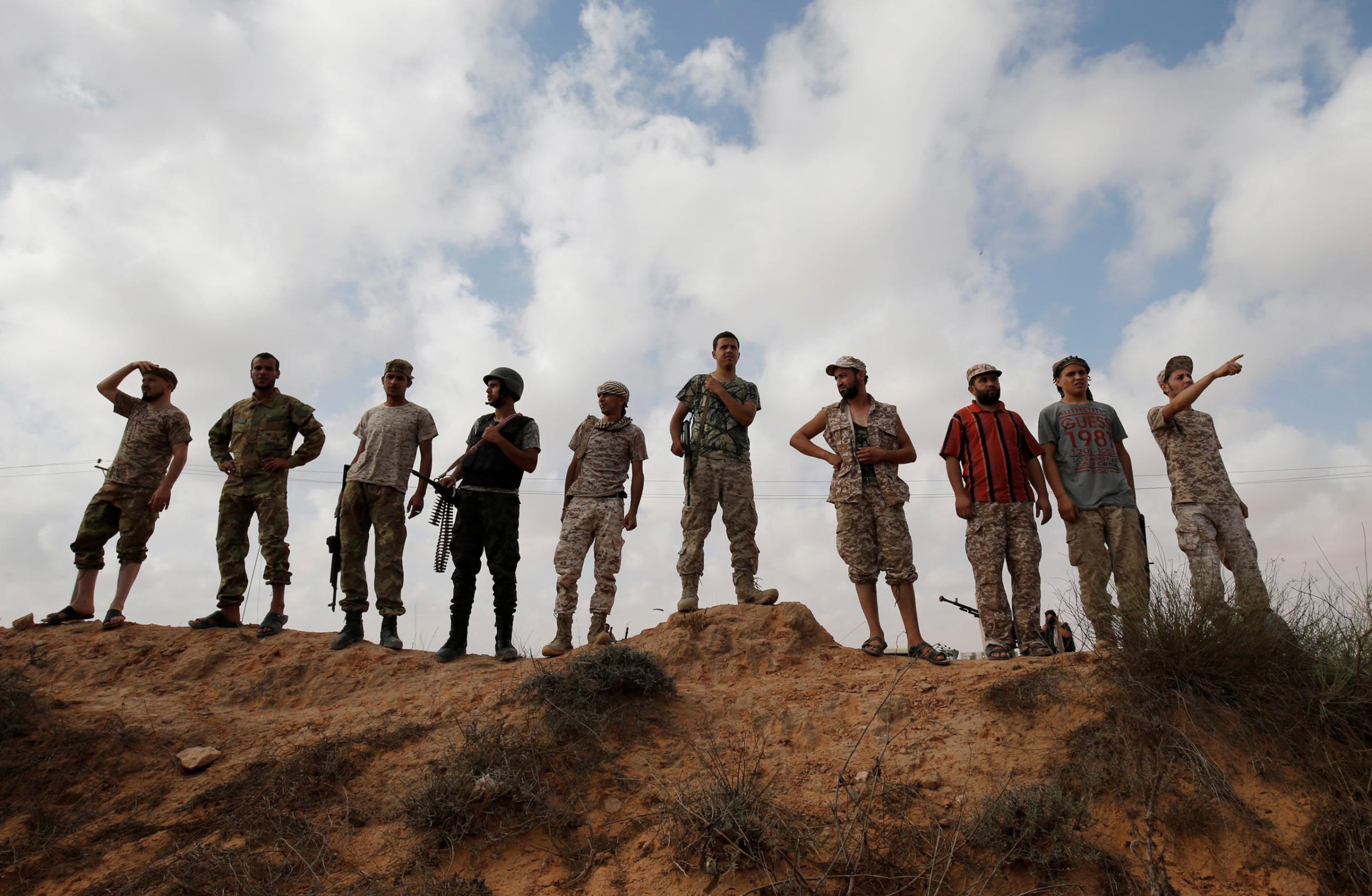
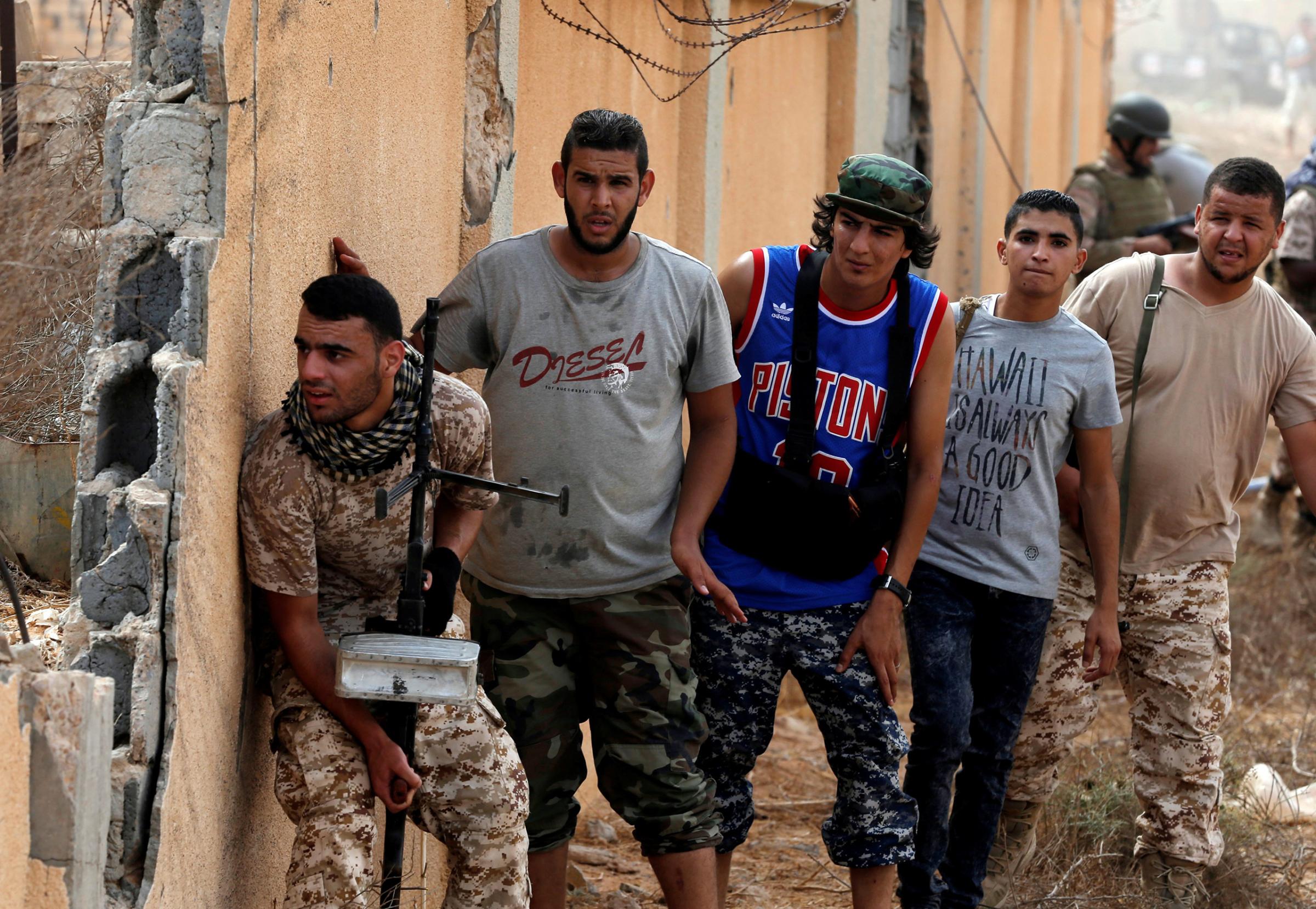
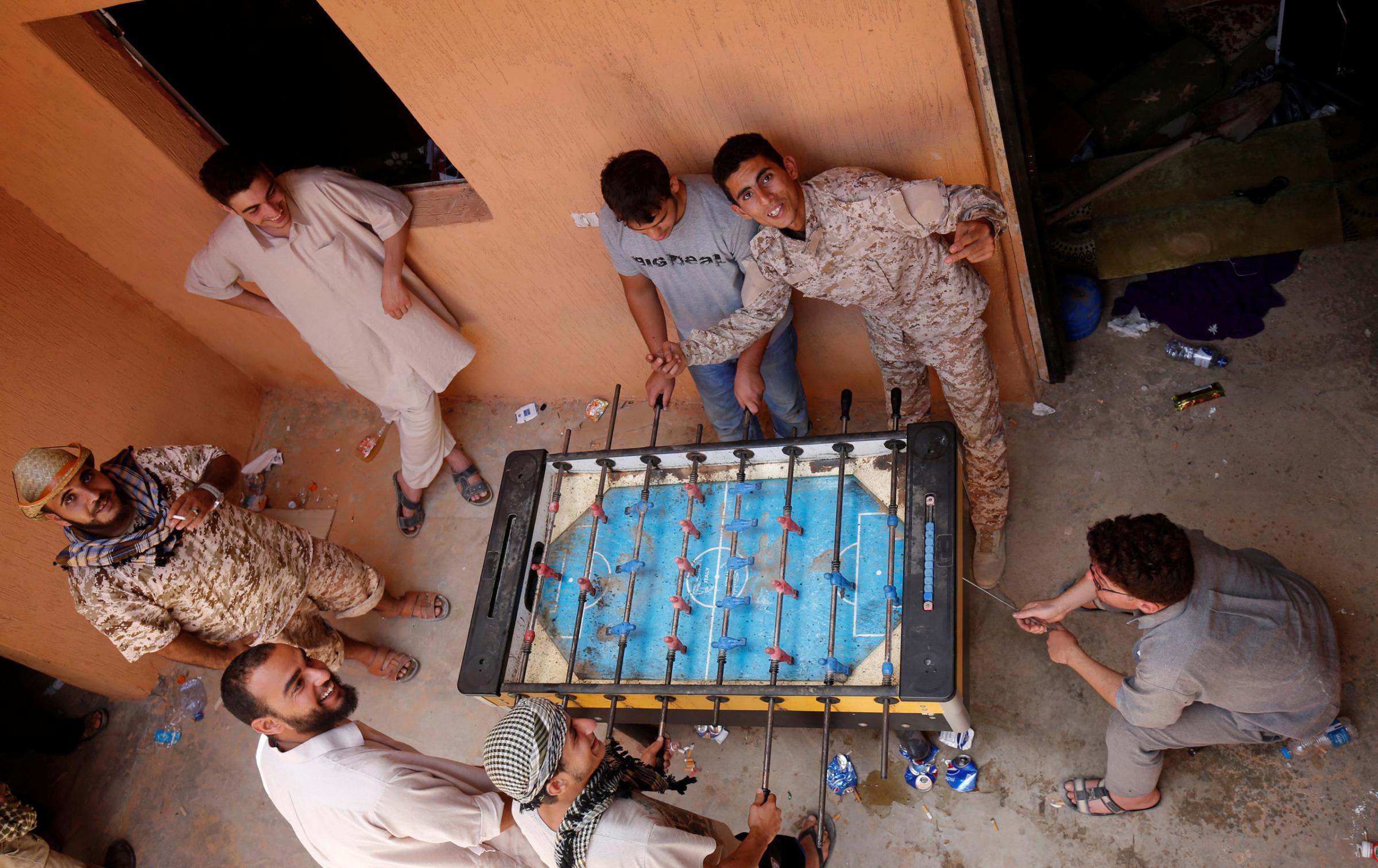

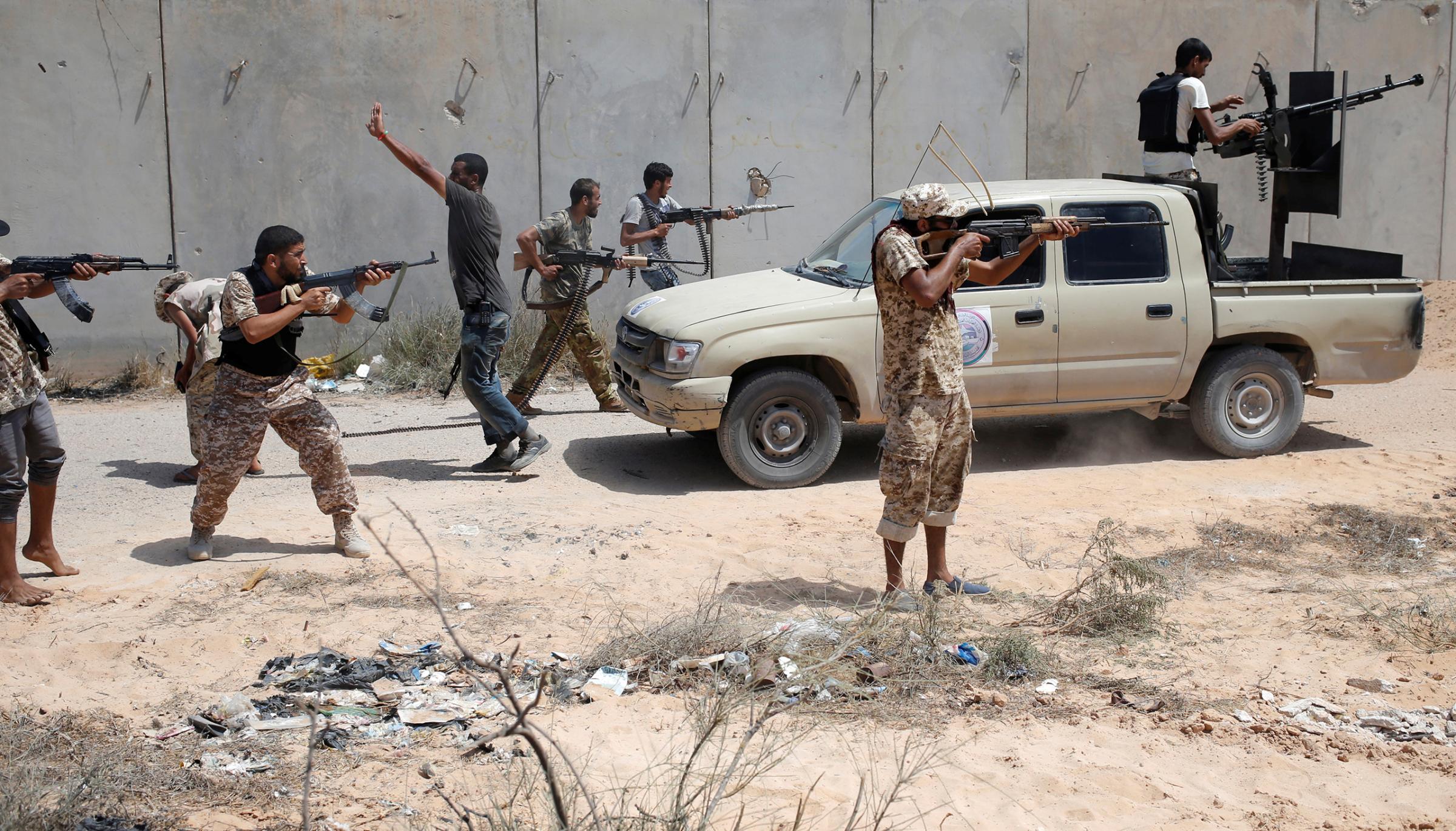
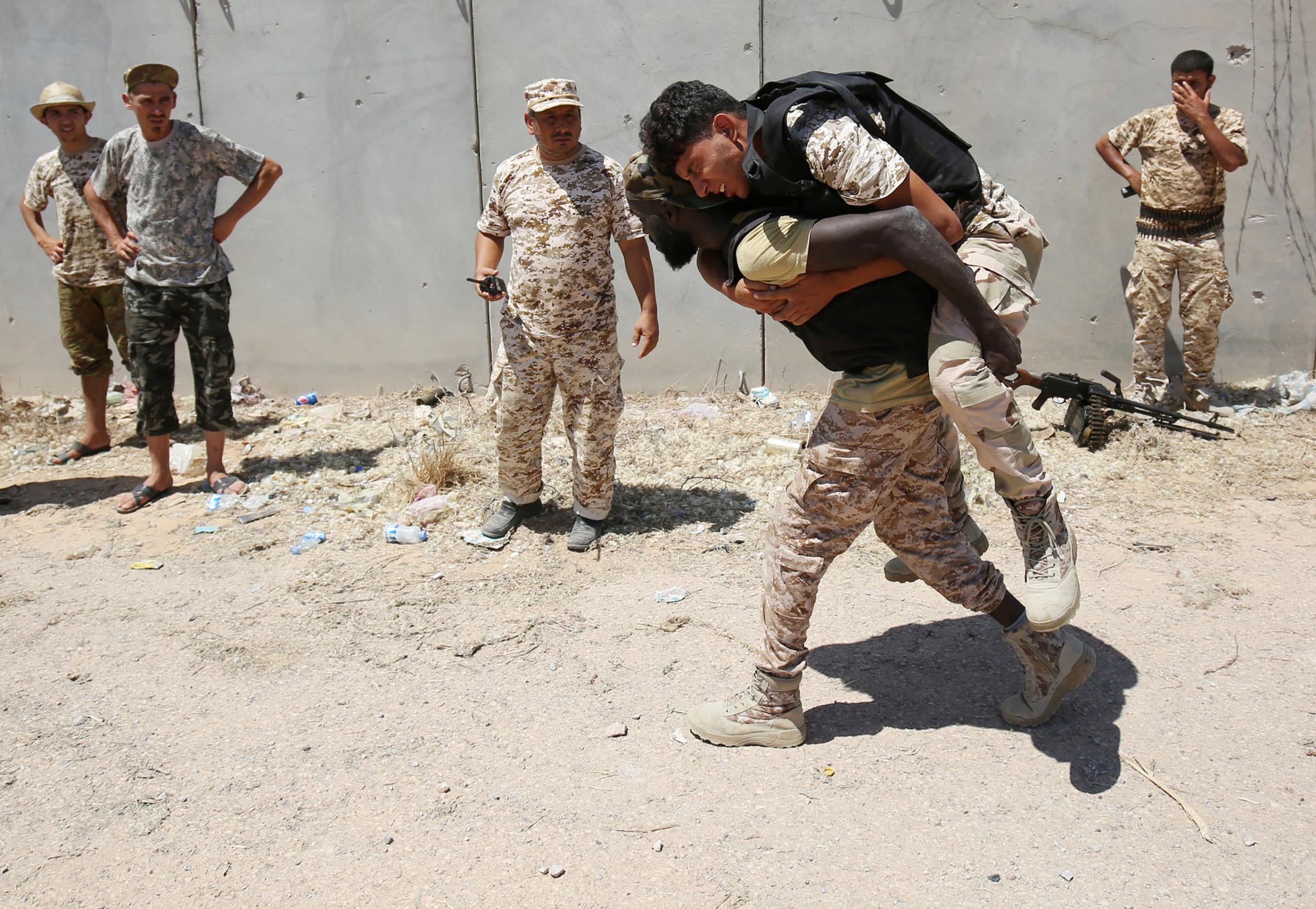
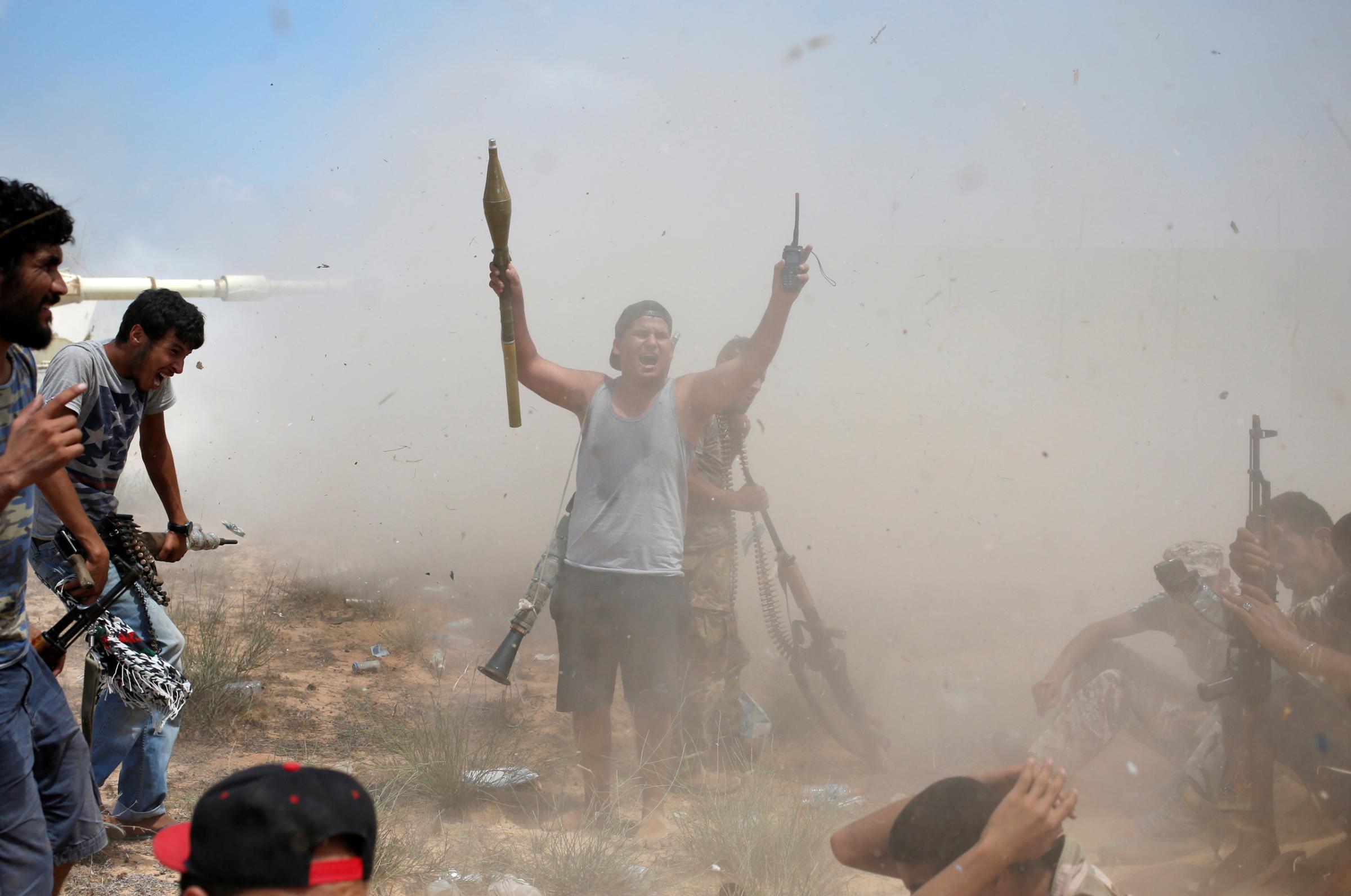
More Must-Reads from TIME
- Inside Elon Musk’s War on Washington
- Meet the 2025 Women of the Year
- The Harsh Truth About Disability Inclusion
- Why Do More Young Adults Have Cancer?
- Colman Domingo Leads With Radical Love
- How to Get Better at Doing Things Alone
- Cecily Strong on Goober the Clown
- Column: The Rise of America’s Broligarchy
Contact us at letters@time.com